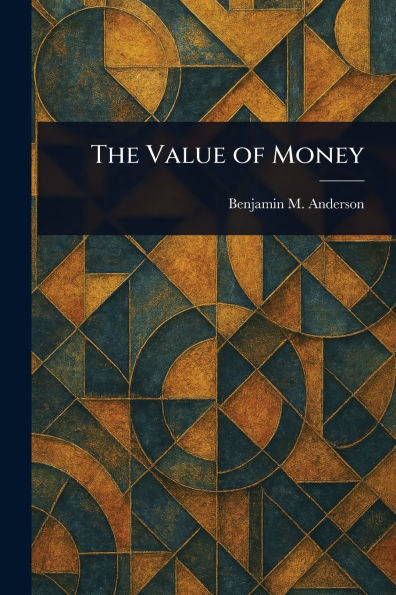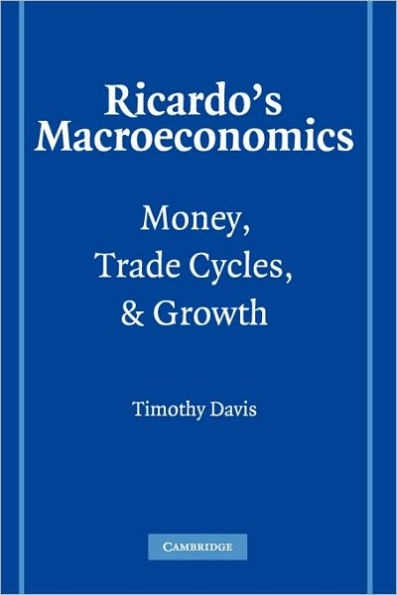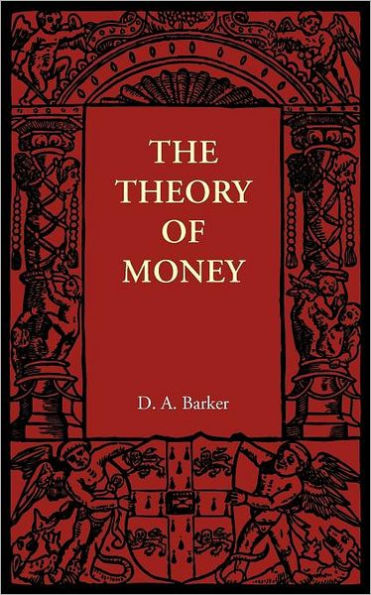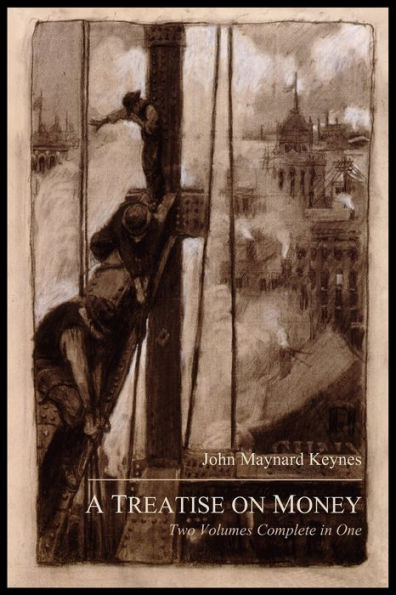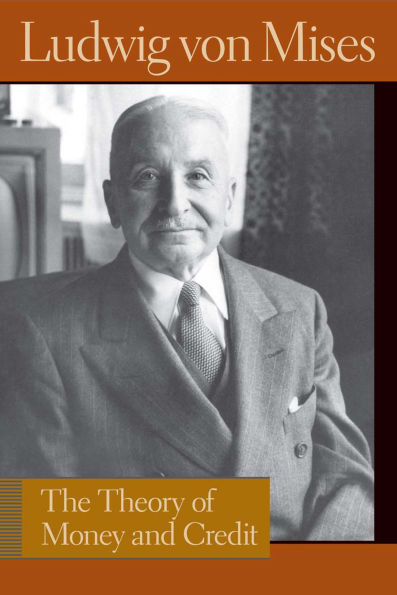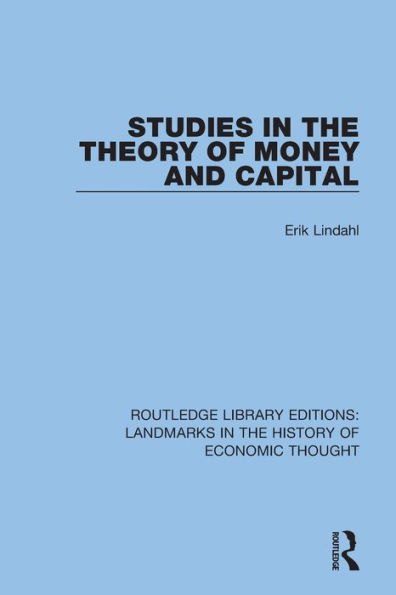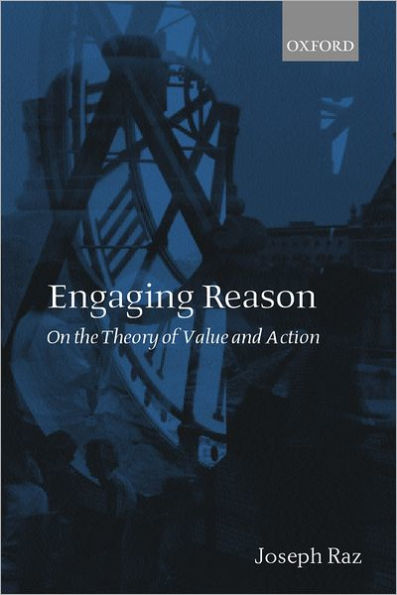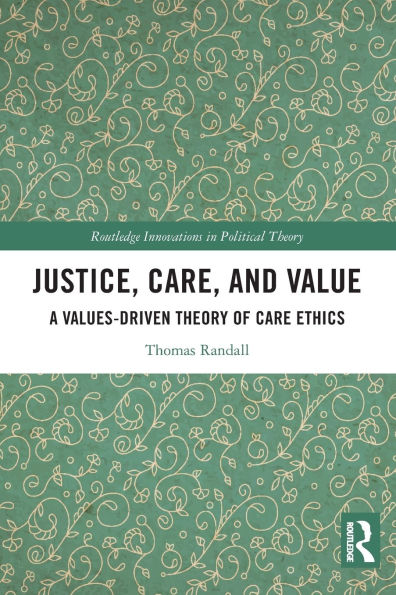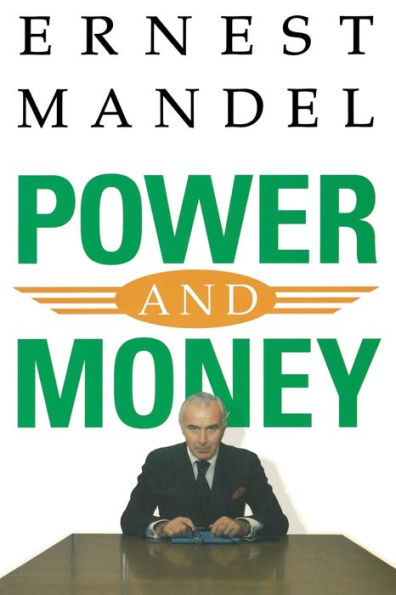Home
Ricardo on the Theory of Value and Money
Barnes and Noble
Loading Inventory...
Ricardo on the Theory of Value and Money
Current price: $180.00
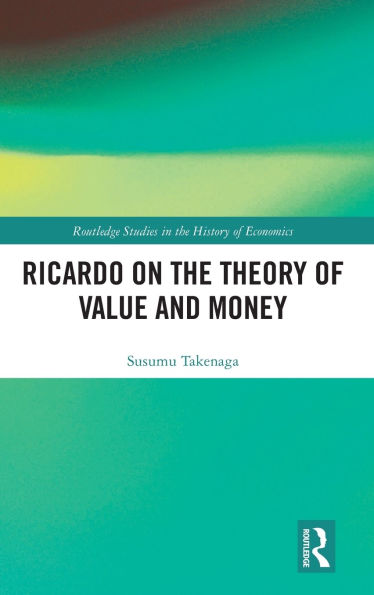
Barnes and Noble
Ricardo on the Theory of Value and Money
Current price: $180.00
Loading Inventory...
Size: Hardcover
*Product information may vary - to confirm product availability, pricing, shipping and return information please contact Barnes and Noble
This book is a renovative research work on Ricardo’s theory of value and of money, achieved through analysis of Ricardo’s original writings, made available in Sraffa’s
Works
.
Takenaga argues that Ricardo’s economic theory should be understood as a cost theory of value. He begins by re-reading the first chapter of Ricardo’s
Principles
, focusing on the chapter’s theoretical structure and definition of labour. He then extends Ricardo’s characterisation of the theory of value by situating it in the context of debates with other contemporary economists, namely Torrens and McCulloch. In the third chapter, he argues that Ricardo’s theory of money is not a quantity theory, and according to him the causal relation between money’s value and its quantity runs from the former to the latter. In the fourth and fifth chapters, he discusses Ricardo’s plans to reform the English monetary regime of his time. He closes the book with examination on a particular aspect of Ricardo's theory of money: his view on the relation between monetary issue and economic dynamics.
Providing new insights into essential aspects of Ricardo’s economic theory, as well as into the history of economic thought, this book will appeal to economic researchers, particularly those studying the classical English economists.
Works
.
Takenaga argues that Ricardo’s economic theory should be understood as a cost theory of value. He begins by re-reading the first chapter of Ricardo’s
Principles
, focusing on the chapter’s theoretical structure and definition of labour. He then extends Ricardo’s characterisation of the theory of value by situating it in the context of debates with other contemporary economists, namely Torrens and McCulloch. In the third chapter, he argues that Ricardo’s theory of money is not a quantity theory, and according to him the causal relation between money’s value and its quantity runs from the former to the latter. In the fourth and fifth chapters, he discusses Ricardo’s plans to reform the English monetary regime of his time. He closes the book with examination on a particular aspect of Ricardo's theory of money: his view on the relation between monetary issue and economic dynamics.
Providing new insights into essential aspects of Ricardo’s economic theory, as well as into the history of economic thought, this book will appeal to economic researchers, particularly those studying the classical English economists.
This book is a renovative research work on Ricardo’s theory of value and of money, achieved through analysis of Ricardo’s original writings, made available in Sraffa’s
Works
.
Takenaga argues that Ricardo’s economic theory should be understood as a cost theory of value. He begins by re-reading the first chapter of Ricardo’s
Principles
, focusing on the chapter’s theoretical structure and definition of labour. He then extends Ricardo’s characterisation of the theory of value by situating it in the context of debates with other contemporary economists, namely Torrens and McCulloch. In the third chapter, he argues that Ricardo’s theory of money is not a quantity theory, and according to him the causal relation between money’s value and its quantity runs from the former to the latter. In the fourth and fifth chapters, he discusses Ricardo’s plans to reform the English monetary regime of his time. He closes the book with examination on a particular aspect of Ricardo's theory of money: his view on the relation between monetary issue and economic dynamics.
Providing new insights into essential aspects of Ricardo’s economic theory, as well as into the history of economic thought, this book will appeal to economic researchers, particularly those studying the classical English economists.
Works
.
Takenaga argues that Ricardo’s economic theory should be understood as a cost theory of value. He begins by re-reading the first chapter of Ricardo’s
Principles
, focusing on the chapter’s theoretical structure and definition of labour. He then extends Ricardo’s characterisation of the theory of value by situating it in the context of debates with other contemporary economists, namely Torrens and McCulloch. In the third chapter, he argues that Ricardo’s theory of money is not a quantity theory, and according to him the causal relation between money’s value and its quantity runs from the former to the latter. In the fourth and fifth chapters, he discusses Ricardo’s plans to reform the English monetary regime of his time. He closes the book with examination on a particular aspect of Ricardo's theory of money: his view on the relation between monetary issue and economic dynamics.
Providing new insights into essential aspects of Ricardo’s economic theory, as well as into the history of economic thought, this book will appeal to economic researchers, particularly those studying the classical English economists.
